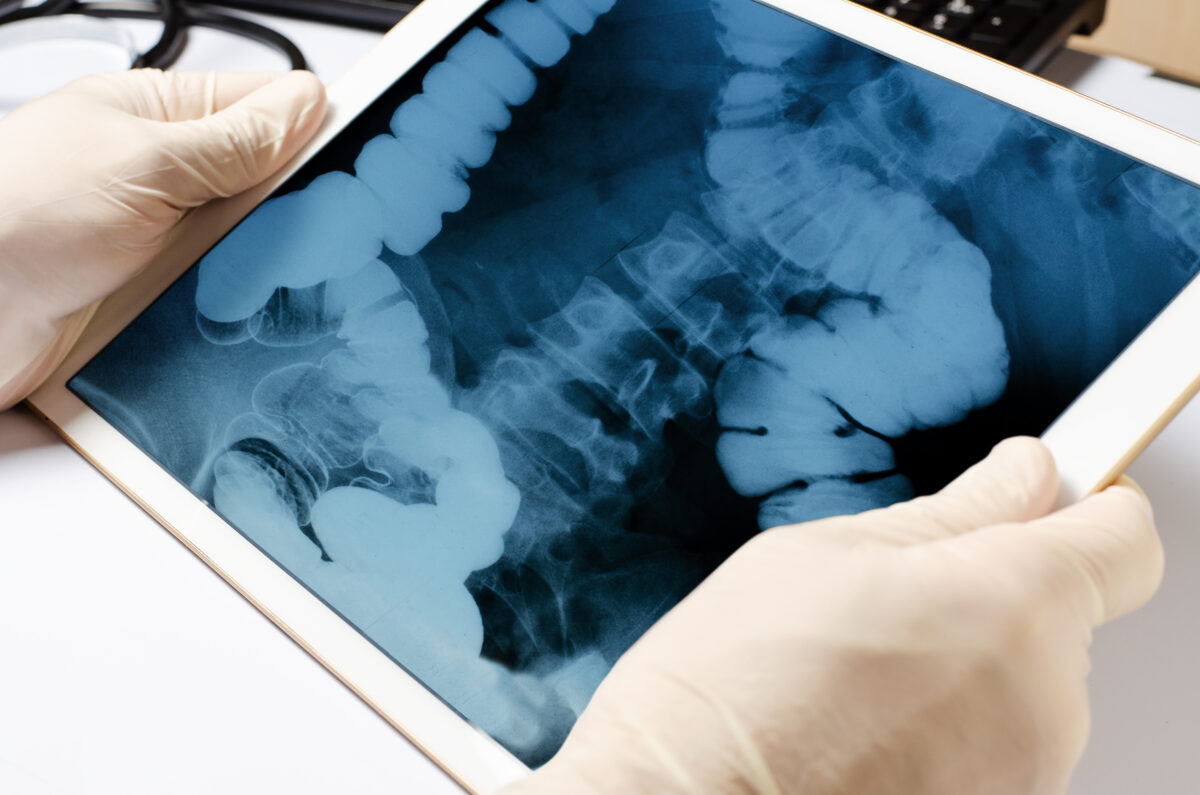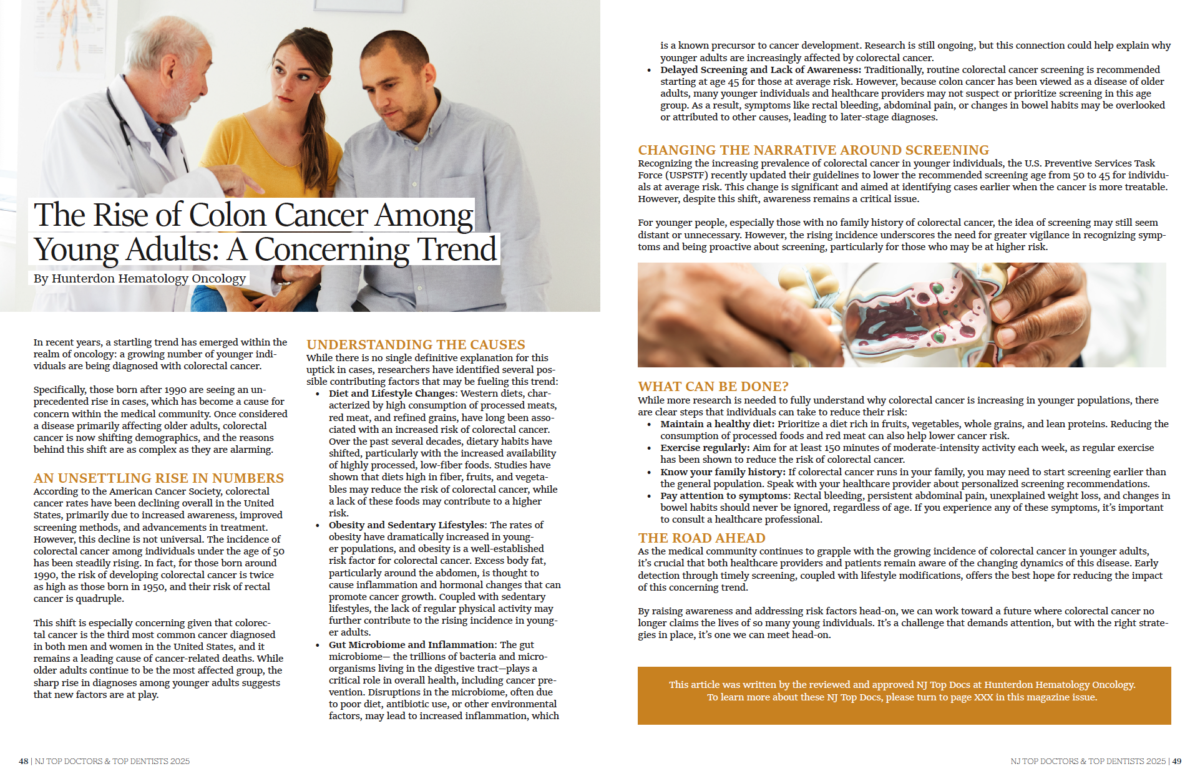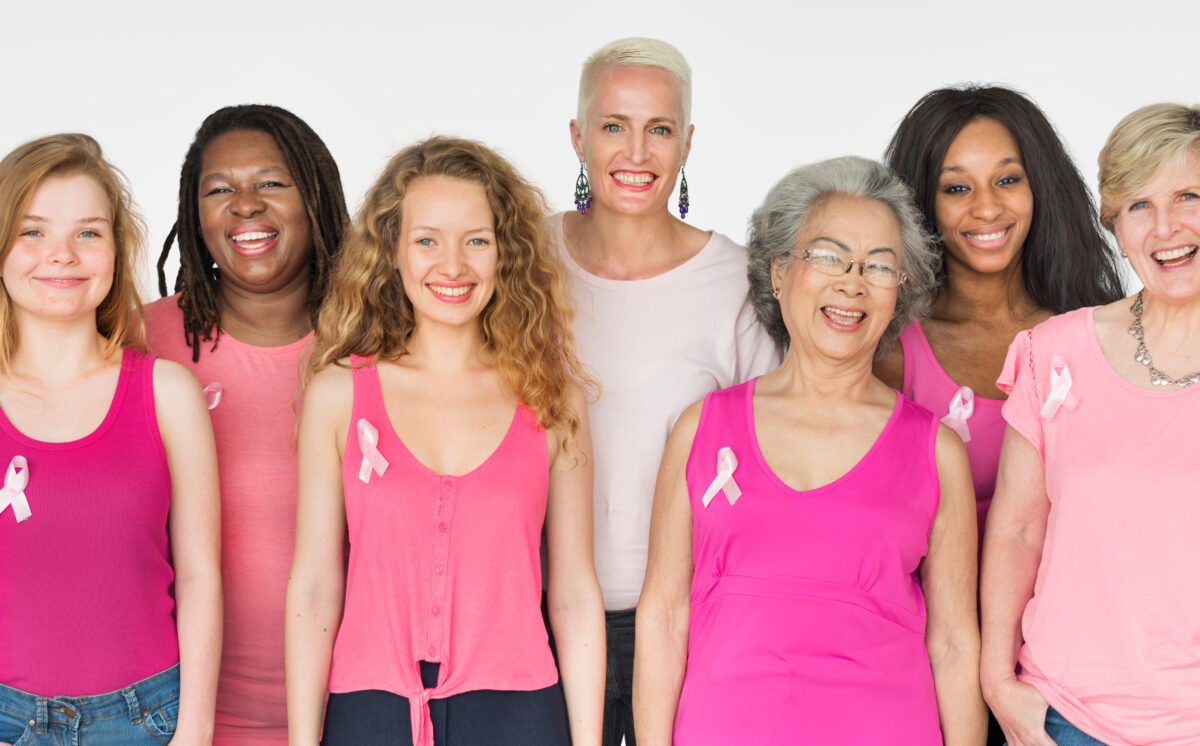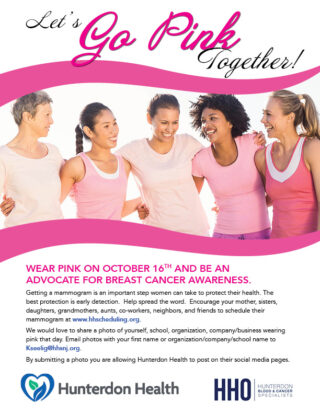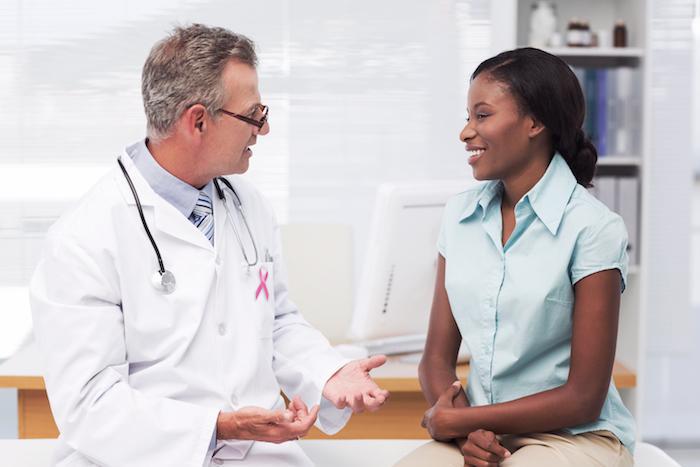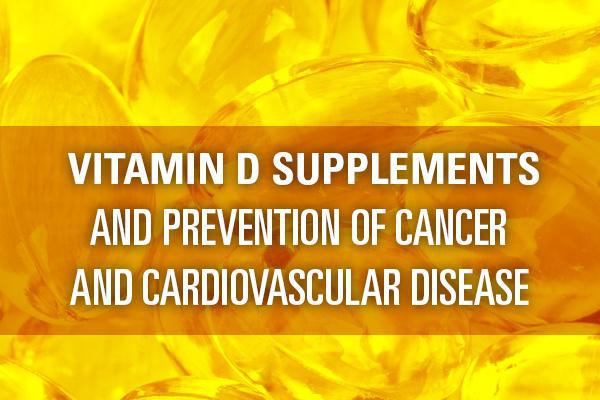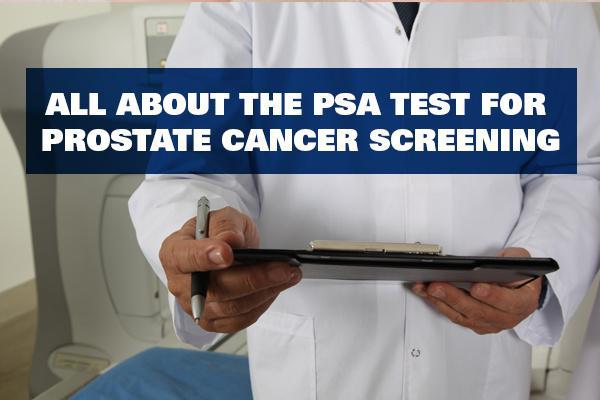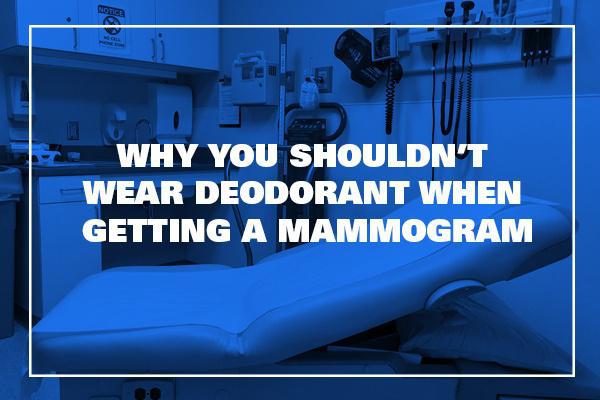What is PSA, and what is a PSA test?
PSA stands for prostate-specific antigen; it is a protein produced by the prostate gland. It is produced both by normal as well as malignant prostate gland cells. The PSA test is a blood test which measures the amount or level of PSA in a man’s blood. Because the PSA level tends to be elevated when a man has prostate cancer, the PSA test has been viewed as an important, but not completely determinative, indicator for the presence of prostate cancer. The final determination of whether prostate cancer is present will depend on the outcome of a digital rectal exam (DRE), possibly imaging tests, and ultimately on a prostate biopsy.
Multiple tests are generally required because other, benign conditions can also cause elevated PSA levels. Two of these frequently occurring, non-cancerous conditions include prostatitis (inflammation of the prostate) and benign prostatic hyperplasia (BPH) (enlargement of the prostate). Presence of either of these does not rule out the existence of cancer, however, so further tests will still be called for to make a final diagnosis.
Does the PSA test determine whether cancer exists?
At one time, the PSA test, together with the DRE, were considered as providing a close to definitive determination of the existence of cancer. PSA results above 4.0ng/mL were regarded as “elevated” and would indicate the need for a prostate biopsy to make a final determination of the presence or absence of cancer.
More recent studies have cast some doubt on that iron-clad sureness. More recent research has demonstrated that some men with PSA levels below 4.0 ng/mL can have cancer, and that many men with elevated levels of PSA do not have cancer. So: what to do? While there are conflicting studies, the overall results indicate that, in general, the higher the PSA level, the greater the risk for cancer. Also, an ongoing, steady rise in PSA level over time is an indicator of elevated prostate cancer risk.
Because of these findings, the new wisdom is “watch and wait.” That is, if the PSA level is “elevated”, the new wisdom is to do PSA tests at regular intervals to see if it remains elevated, or if it continues to rise. If it does, then further tests may be called for, such as a DRE to check for a suspicious lump, and/or imaging tests such as a transrectal ultrasound, x-rays, or cystoscopy.
A final diagnosis still requires a prostate biopsy. This is a surgical procedure during which several samples of prostate tissue are extracted via insertion and withdrawal of hollow needles into the prostate gland. The extracted tissue samples are examined by a pathologist in a laboratory to determine whether or not cancerous cells exist in the prostate.
Does the PSA test have any limitations?
The primary limitation of the PSA test is that even when the PSA level is elevated, and a biopsy is performed, only 25% of men turn out to have prostate cancer. In other words, the PSA test is accurate only 25% of the time. So, by itself, the PSA test is simply not enough. More tests are required to make a final, accurate determination.
Further, sometimes small, slow-growing cancerous tumors are detected. They grow so slowly that they only rarely threaten the patient’s life. Sometimes these tumors are treated unnecessarily via surgery or radiation treatment; this is called “overtreatment”. In this case the patient is subjected unnecessarily to the risks of serious, life-altering side-effects such as urinary incontinence (difficulty or inability to control urine flow), bowel function problems, erectile dysfunction (E.D.), which means difficulty having or maintaining erections, or having erections that are inadequate for sex.
Sometimes, the PSA test can yield what are called “false-positive” results, which means that the PSA level result appears to indicate a significant risk of cancer, but in fact no cancer is present. This can subject the patient and his family unnecessarily to high levels of anxiety and can cause the patient to undergo unnecessary follow-up procedures such as a biopsy, which can bring serious side-effects such as pain, bleeding, and infections.
The opposite case can also happen, which is called a “false-negative” result. In this case, the PSA test levels are low, indicating that no cancer is present, when in fact a cancerous tumor is present. This can give the patient and his family false reassurance and a plan for no further treatment, when in fact the patient requires further treatment.
As you might have concluded, the PSA test situation, in isolation, is complex and somewhat cloudy. It is all-important that you find a top-notch urologist and prostate oncologist to have on your treatment team, and they need to be intimately familiar with the state-of-the-art research findings as well as treatment options. Only through consultation with both doctors will you be able to come up with an appropriate diagnosis procedure and comprehensive treatment plan.


